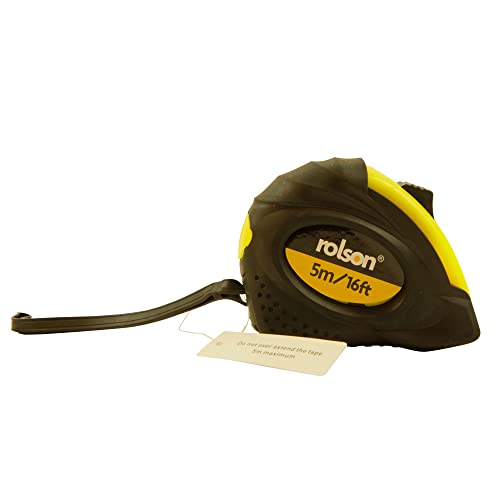Yes, tape measures can be recalibrated
Tape measures, also known as measuring tapes, are commonly used tools in construction, woodworking, and other industries where precise measurements are needed. However, over time, tape measures can become less accurate due to wear and tear, mishandling, or other factors. When this happens, recalibration may be necessary to ensure accurate measurements. In this article, we will discuss the process of recalibrating tape measures, the tools needed, and some common signs that indicate a tape measure needs to be recalibrated.
Why recalibration is important?
Recalibrating a tape measure is important because accuracy is crucial in many industries. Inaccurate measurements can lead to errors, rework, and additional costs. By recalibrating a tape measure, you can restore its accuracy and ensure that your measurements are correct. This is especially important in professions such as construction, where even small measurement errors can have significant consequences. Recalibrating tape measures can also help prolong their lifespan, as it allows you to identify and address any issues that may be causing inaccuracies.
The process of recalibrating a tape measure
The process of recalibrating a tape measure involves several steps. Here is a step-by-step guide:
Step 1: Check for wear and tear
Inspect the tape measure for any signs of wear and tear, such as a bent or damaged tape, loose or missing parts, or worn-out markings. If you notice any significant damage, it may be necessary to replace the tape measure instead of trying to recalibrate it.
Step 2: Measure against a known standard
Find a known standard of measurement, such as a ruler or another accurate tape measure. Align the two measuring tools and compare the measurements. If there is a significant discrepancy, it is an indication that the tape measure needs to be recalibrated.
Step 3: Adjust the tension
Most tape measures have a screw or button that allows you to adjust the tension of the tape. This tension is what keeps the tape in place and ensures accurate measurements. Use a screwdriver or the provided tool to adjust the tension according to the manufacturer’s instructions.
Step 4: Verify accuracy
After adjusting the tension, measure against the known standard again to verify the accuracy of the tape measure. Make any additional adjustments as needed until the measurements match.
Step 5: Maintain and care for the tape measure
Regular maintenance and care can help prevent the need for frequent recalibration. Keep the tape measure clean, avoid exposing it to extreme temperatures or moisture, and handle it with care to prevent damage. Store the tape measure in a protective case or pouch when not in use.
Signs that indicate a tape measure needs to be recalibrated
There are several signs that indicate a tape measure may need to be recalibrated. These include:
Inconsistent measurements
If you notice that your measurements are consistently off, either too long or too short, it is a sign that your tape measure may be inaccurate and in need of recalibration.
Frayed or damaged tape
If the tape on your tape measure is frayed, damaged, or worn out, it can affect the accuracy of the measurements. In this case, recalibration may not be sufficient, and you may need to replace the tape measure entirely.
Misaligned or missing markings
If the markings on your tape measure are misaligned or missing, it can make it difficult to accurately read measurements. Recalibrating the tape measure may not fix this issue, and again, a replacement may be necessary.
Loose or bent tape
A loose or bent tape can affect the accuracy of measurements. If you notice that the tape does not stay straight, or if it feels loose or wobbly, you may need to recalibrate or replace the tape measure.
Inaccurate measurements on a known standard
If you compare your tape measure against a known standard of measurement and consistently get different results, it is a clear indication that recalibration is needed.
In conclusion
Tape measures can be recalibrated to restore their accuracy and ensure precise measurements. The recalibration process involves checking for wear and tear, measuring against a known standard, adjusting the tension, verifying accuracy, and maintaining the tape measure properly. Signs that indicate a tape measure needs to be recalibrated include inconsistent measurements, frayed or damaged tape, misaligned or missing markings, loose or bent tape, and inaccurate measurements against a known standard. By keeping your tape measure properly calibrated, you can prevent measurement errors and ensure the success of your projects.






